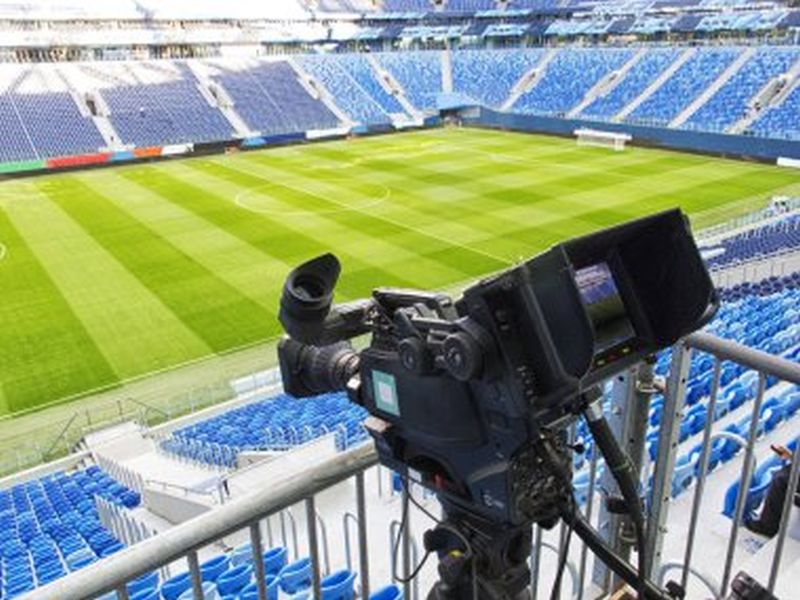Soccer, also known as football in many countries, is the world’s most popular sport. It has a global fanbase of billions and is played at both amateur and professional levels. However, when it comes to broadcasting and recognition, there exists a significant disparity between men’s and women’s soccer.
The gender gap in soccer broadcasting is evident from the lack of coverage of women’s matches compared to men’s matches. This disparity can be seen not only in television broadcast but also in online streaming services. Female athletes’ games receive significantly less airtime than their male counterparts, with some networks not showing any women’s games at all.
This imbalance impacts female soccer players’ visibility and opportunities for growth and recognition within the sport. It denies them equal pay, sponsorship deals, and media exposure that are essential for their development as professional athletes.
One of the main reasons for this inequality is the belief that men’s soccer generates more revenue than women’s soccer due to its larger audience base. While this may be true on a global level, considering that more people watch male-dominated leagues like English Premier League or La Liga compared to female leagues like NWSL or FA Women’s Super League; it does not justify 해외축구중계 unequal representation within these individual leagues themselves.
Moreover, studies have shown that when given equal opportunities for exposure through broadcast or advertisements, women’s sports can attract just as much if not more viewership than men’s sports. This was seen during FIFA Women’s World Cup 2019 where it garnered record-breaking viewership globally despite being aired at unfavorable timeslots compared to prime time viewing slots enjoyed by men’s World Cup tournaments.
Another factor contributing to this gender gap is societal stereotypes regarding traditional gender roles assigned to both sexes. These views are deeply ingrained within broadcasting industries where male-dominated roles such as commentators or analysts far outnumber their female counterparts on-airtime.
However, several initiatives are being taken towards achieving gender equality in sports broadcasting. Several organizations are actively advocating for equal media representation for female athletes to increase their visibility and encourage young girls to participate in sports.
National federations, like the US Soccer Federation, have mandated that every women’s national team game should be broadcasted on network television, significantly improving its coverage and reach. The International Olympic Committee’s “Equality is Good for Everyone” campaign also aims to promote gender balance in all aspects of the Olympic Games, including broadcasting.
Moreover, social media platforms like YouTube have made it easier for independent creators to showcase women’s sports through vlogs and highlights, providing an alternative platform for exposure.
In conclusion, while progress has been made towards achieving equal opportunities and recognition in soccer broadcasting for women; there is still a long way to go. Continued efforts from governing bodies and media companies are needed to bridge the gap between men’s and women’s football. By providing equal representation through airtime and revenues generated from sponsorships or advertising deals; we can pave the way towards achieving gender equality within the sport. After all, soccer is a universal passion that should be enjoyed by both men and women without any discrimination based on gender.



